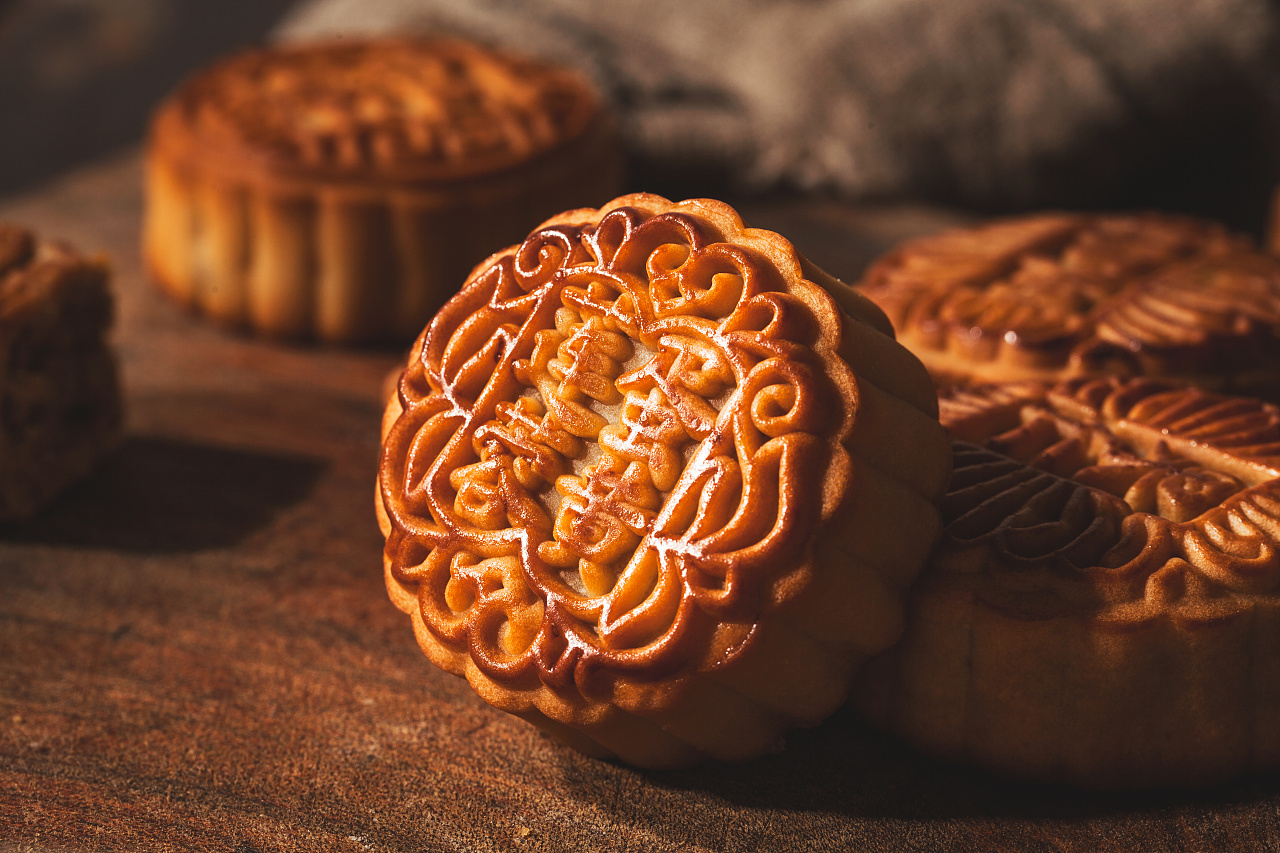Mid-Autumn Festival, Zhongqiu Jie (中秋节) in Chinese, is also called the Mooncake Festival or the Moon Festival. As the second most important festival in China after Chinese New Year, Mid-Autumn is an official public holiday, which is also a reunion time for families, a little like Thanksgiving. Chinese people celebrate it by gathering for dinners, worshiping the moon, lighting paper lanterns, eating moon cakes, etc.

The Mid-Autumn Festival has a history of over 3,000 years. It was a royal sacrificial ceremony associated with moon worshiping and agricultural activities. People worshiped the moon to give thanks for the harvest and to encourage the "harvest-giving light" to return in the coming year. The changes in the lunar phases provided guidance for the farming schedule; therefore, people believed that worshiping the moon could bring a good harvest.
In modern times, most people have sufficient food supplies, but the Mid-Autumn Festival is still significant because the full moon during the festival is a symbol of family reunions. As the festival evolved over time, it has gained additional meanings and now includes prayers for good health and happiness.